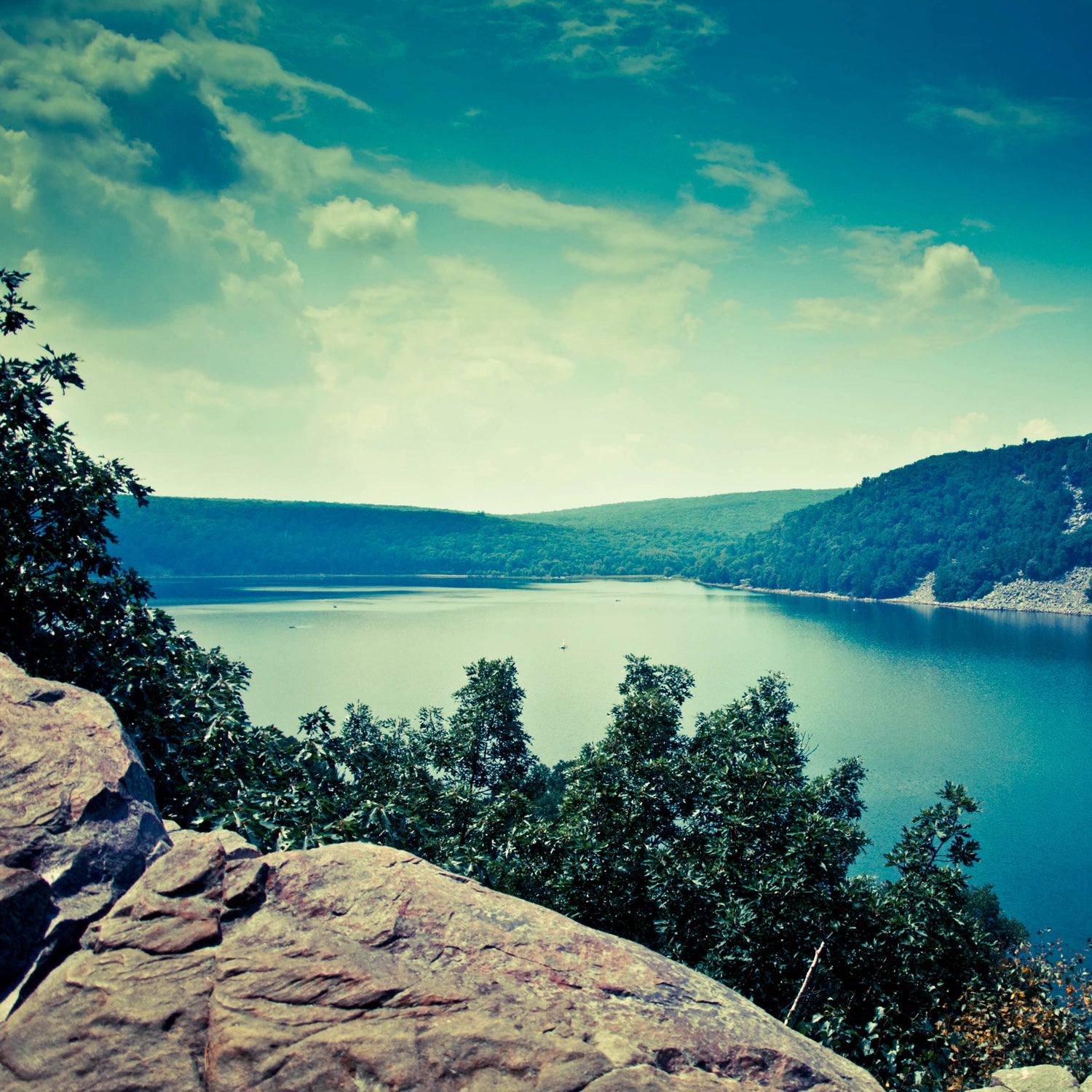There’s no better time than August to hike the Ice Age National Scenic Trail, one of 11 in the United States that’s federally protected thanks to its natural beauty. It’s also the only National Scenic Trail that traces a geologic landscape rather that being a point-to-point hike.
The Ice Age Trail is a stunner, winding 1,200 miles through Wisconsin along a former glacier edge that was created when that frozen mass receded 10,000 years ago. This month, the high heat and humidity of July has dissipated, as have the flocks of mosquitos; the first autumnal weather is settling in, stripping leaves off the trees and making the contours of the glacial formations more identifiable.
Save for a few portions of the trail that follow the same corridor as some state rail trails, where biking is allowed, the Ice Age is entirely a footpath that extends from northwestern Wisconsin to the Lake Michigan shoreline on the eastern side of the state through the former domain of sabertooth cats and tusked ancient elephants.
For a mammoth-sized walk, thru-hike the trail. “If you want to jump right into the fire, start in the west, where the trail is more rugged. If you want to get your sea legs under you, start in the east,” says Mike Wollmer, executive director of the Ice Age Trail Alliance. He adds that the trail is more popularly used as an episodic route; only 15 to 20 trekkers thru-hike the trail each year, unlike destination trails such as the Appalachian and Pacific Crest National Scenic Trails.
Although the trail is in its dirty thirties—it was founded in 1980—only 650 miles of the anticipated route are officially blazed. The route is contiguous—but only by journeying through the main streets of charming Wisconsin towns and down country roads.
is a popular destination for both weekend and weeklong treks. This trail section is also one of the best developed with backcountry campsites and shelters. Along other trail sections, where finding suitable campsites is more challenging, Wollmer suggests contacting chapter coordinators, who are accustomed to hosting campers or directing them to appropriate sites.
The section through offers a true northwoods experience, while the segment from to Madison is a long-distance prairie walk. The path through , Wisconsin’s newest state park, dishes up lake views and fried walleye for dinner if you toss in a line. This state park also offers several scenic side trails worth the trip, as Wollmer says is common along the trail.


